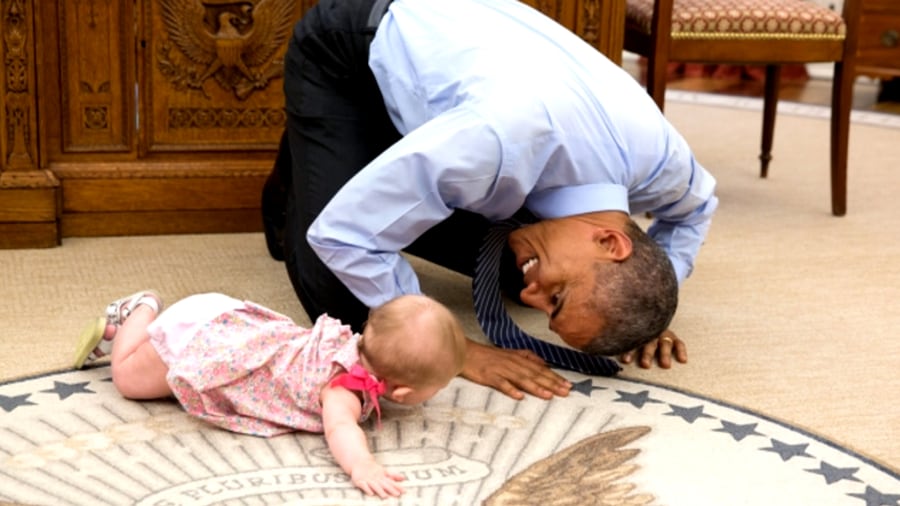
Dandelions are suddenly everywhere!




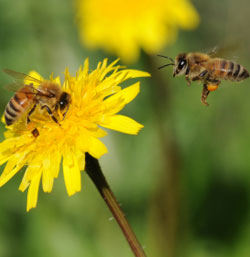
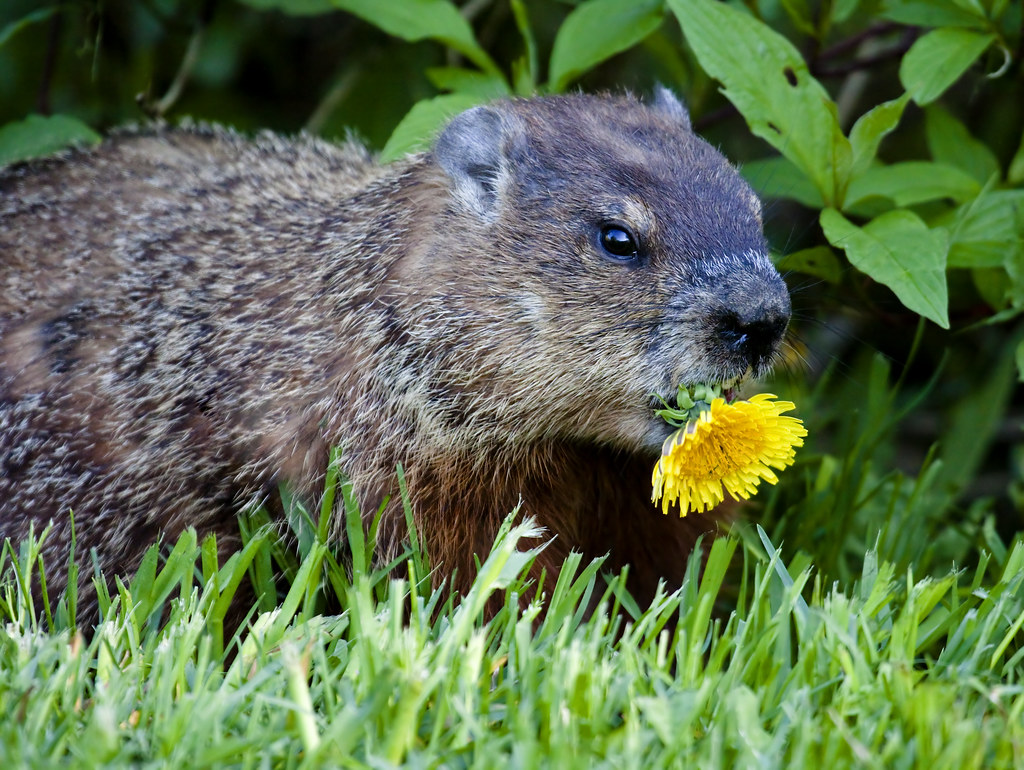

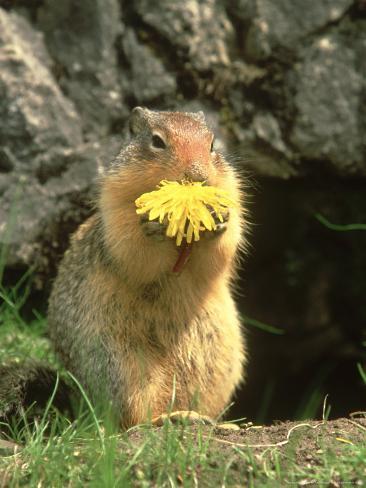




Lining medians, popping out of cracks in the sidewalk, marching across suburban lawns...they are also carpeting apple orchard meadows, bucolic pastures and even mountainsides.

Weed? European interloper? Purists of all stripes abhor the humble "dent de lion" or teeth of the lion, so named for the tooth-y serrations of the plant's leaves. Perhaps the dent de lion should have been called the "criniere de lion," or lion's mane," for it's cheerful halo of yellow, so much like a cartoon lion's visage.

Whatever you call it, it is largely vilified as a weed, unless you are four-years-old. If you are very young, and that much closer to the ground, the dandelion is one of the most accessible delights of spring.You can pick fistfuls of them forever.

The stem produces a perplexing milky sap.The smell is nearly synonymous with the taste-- pungent, sharp, bitter but also compelling. Yes, kids always taste some part of the dandelion. The shaggy petals magnetize the eye with their color, which easily transfers to fingertips or chins. You can slide one behind your ear and become a princess. The stems of leggier lions can be tied together. You can adorn yourself with crowns and bracelets, or craft chains to bind your enemies-- if only temporarily. You can smash dandelions with rocks and grind them to paste. You can stick your thumb under the flower and shout, "Momma had a baby and her head popped off!" and flick the "head" under your friend's nose. You can watch ants climb in and out of the petals, so black against the dazzle of yellow. Yellow dandelions in green grass against blue sky-- this is a springtime poem for the soul.

Children live in the present with dandelions. If nothing else, their relationship is a lesson for the jaded adult: pay attention, the world is right here, in your hand.

If this is not enough to make you put away your weed killer, consider a few compelling assets of our ubiquitous yellow friend:
- excellent food source for bees and other pollinators
- attract pollinators to the neighborhood, helping propagate your fruits and veggies
- ready food source for small mammals like "whistle pigs" (don't you love that name?)
- epicurean food source for humans: young dandelion greens make a haute salad
- healthy food source for humans: vitamins A, B, C, D, Iron, Zinc and Potassium
- antioxidant, anti-inflammatory, diuretic, lowers blood sugar and pressure, reduces cholestreral
- roots can be dried and ground to make a drink like coffee
- flavorful base for easy, delicate spring time jam (lovely with butter on a warm baguette)
- ditto for simple syrup (very fine on vanilla ice cream & creative addition to adult beverage)
- ditto for wine (my Dad used to make dandelion wine, and my granny found if very fine)
- that milky latex in the stem can be used as a mosquito repellent!


If you want to celebrate spring with a romp and harvest, look before you leap. Do not harvest dandelions from lawns that have been treated with chemicals. And when you harvest, leave a few for our animal and insect friends.


A neighborhood dandelion safari with young friends is apt to please:
- Bring along some white paper and try "drawing" with dandelion heads.
- Make crowns and chains.
- Notice what happens to the picked flowers.
- Dissect the dandelion and discover the waiting secret of the seeds.
- Uproot a dandelion and admire the tenacious tap.
- Taste the dandelion and enjoy watching kids gag and make faces.
- All of these activities will wake you up to spring, and life.

If you are an adult travelling solo, take a moment to observe this humble weed. Admire the will to grow anywhere, the fine-tuning of evolution and opportunity. Notice who visits and when they do. What happens when the sun goes down? Watch one flower today, tomorrow and the next day. Smell it, taste it, touch it. Stick it in your pocket. You'll forget about it. But there will be more tomorrow.

Dandelion Simple Syrup
Harvest 20 dandelions
Discard stems, save leaves for salad, put flowers in a pot with 1 cup of water
Add 1 cup of sugar
Bring to boil and simmer for 10 minutes
Remove dandelion heads with slotted spoon
Keep simmering until sugar and water thicken to syrup of desired consistency
Pour over vanilla ice cream
*or pour syrup over ice, add shot of clear spirits, fill with club soda and garnish with fresh blossom.









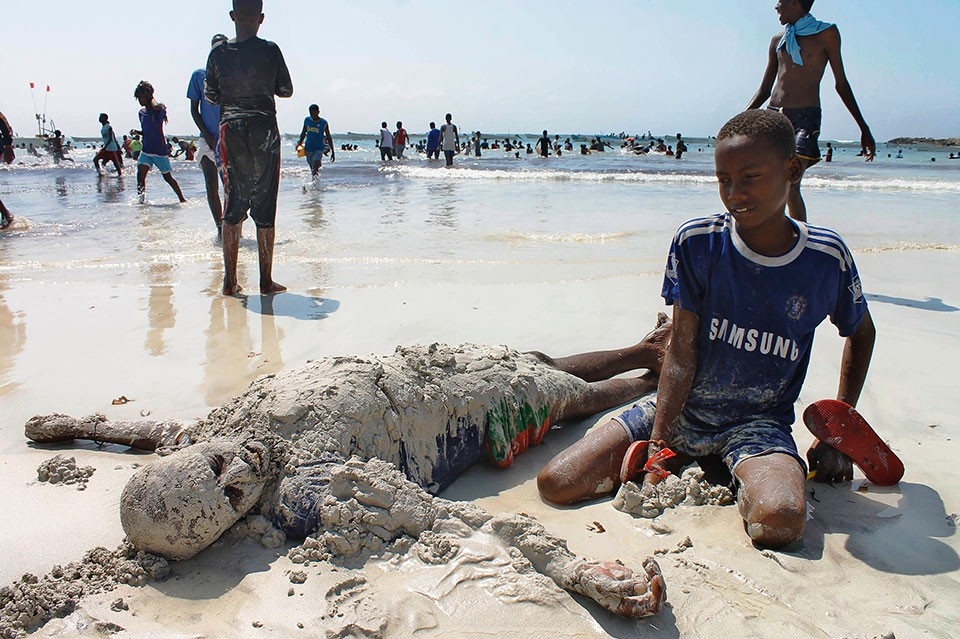
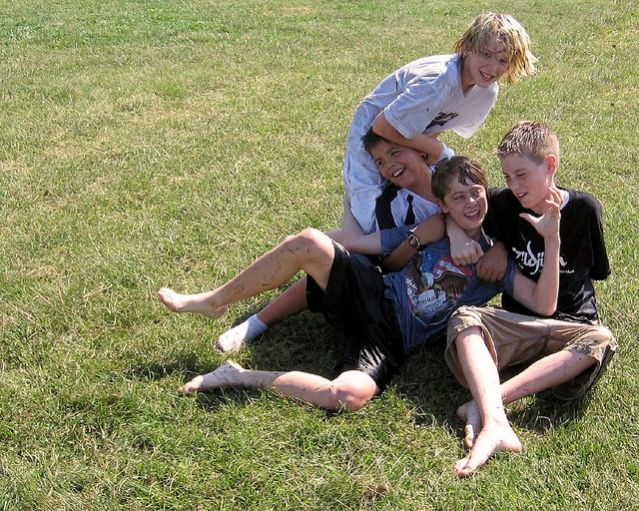
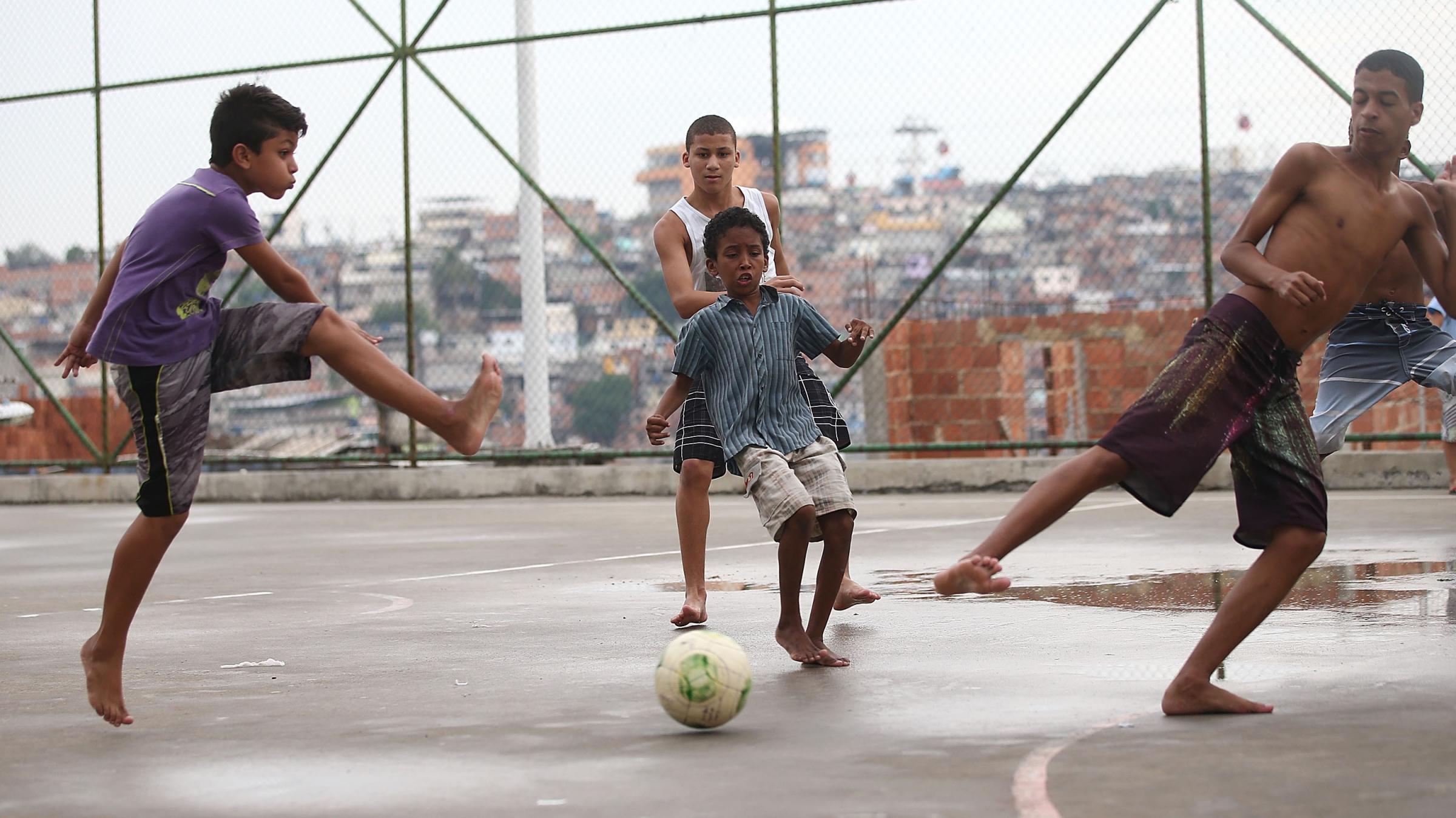










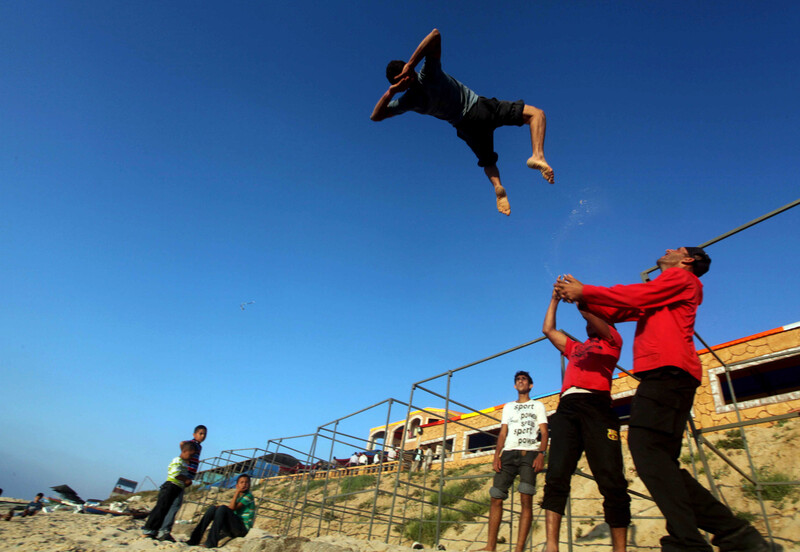
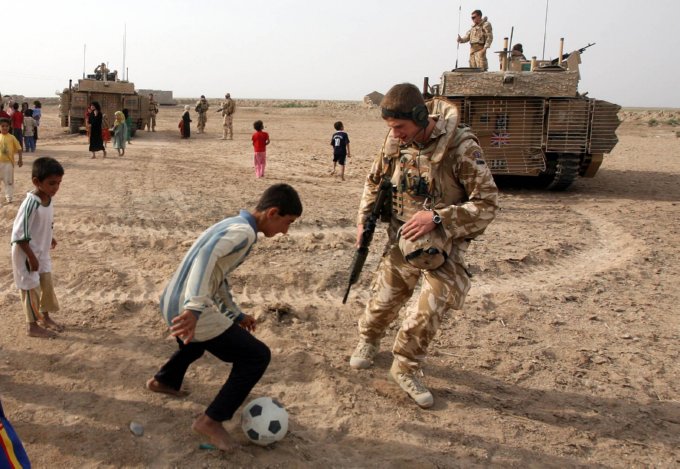

.png)

